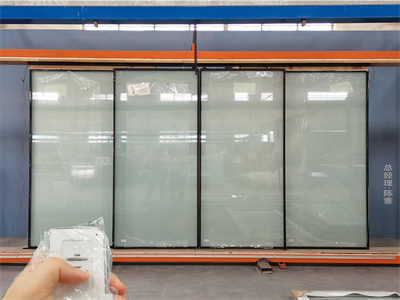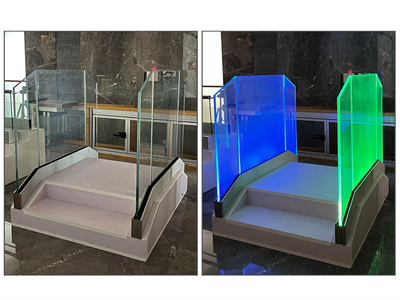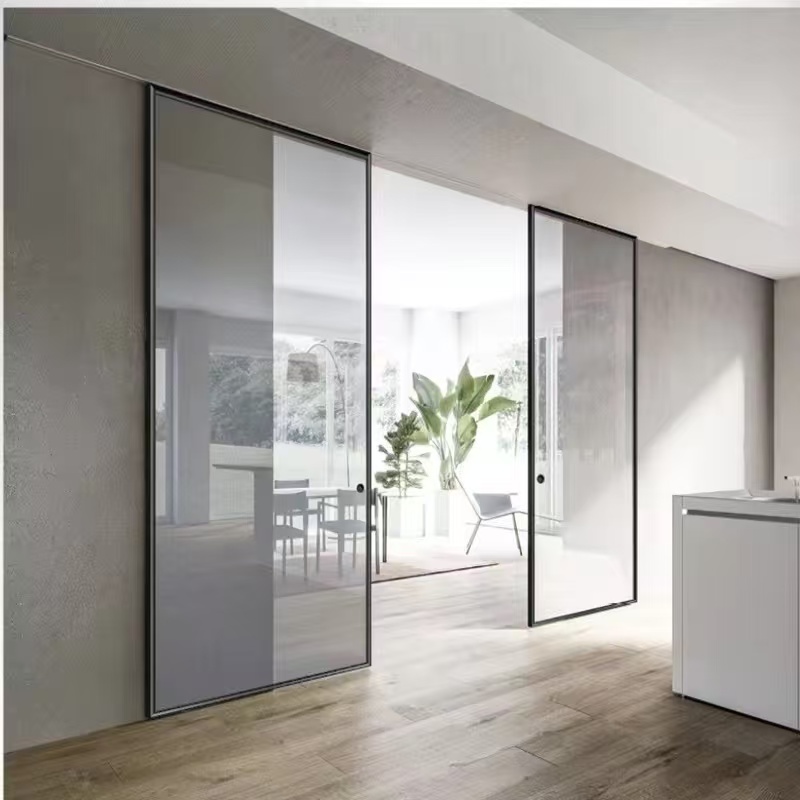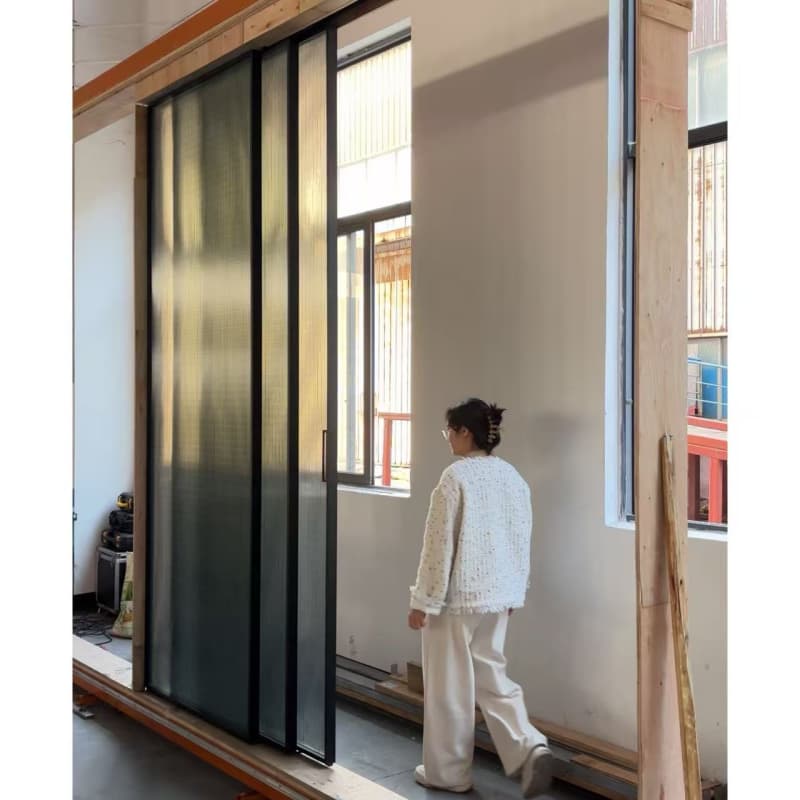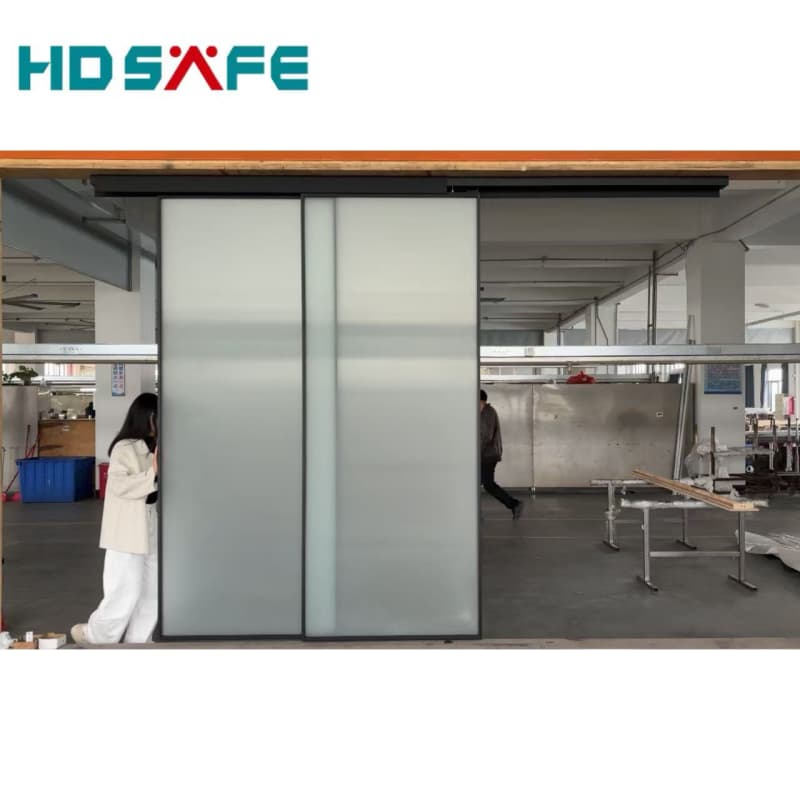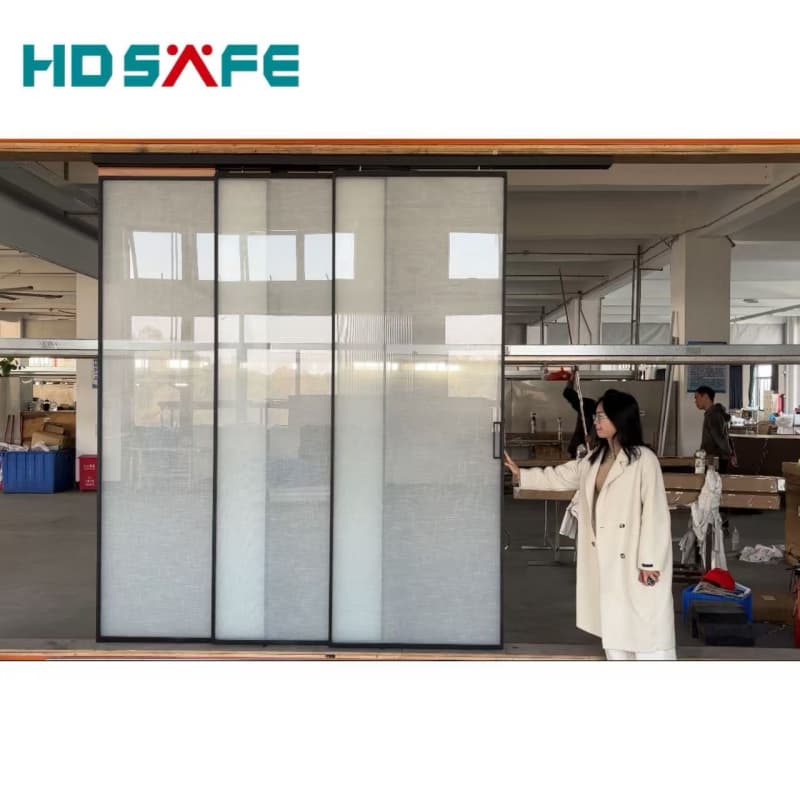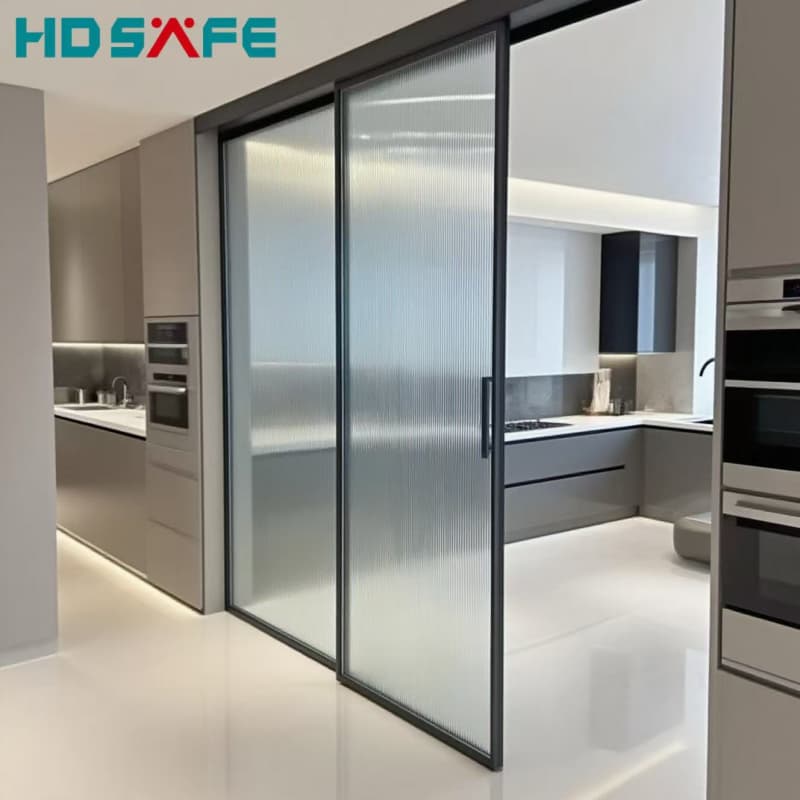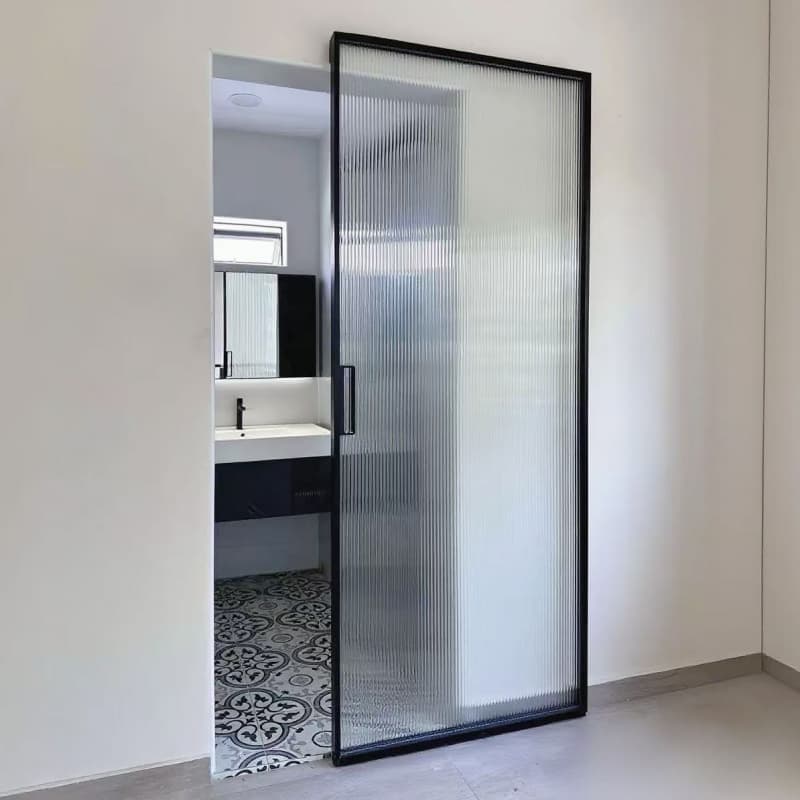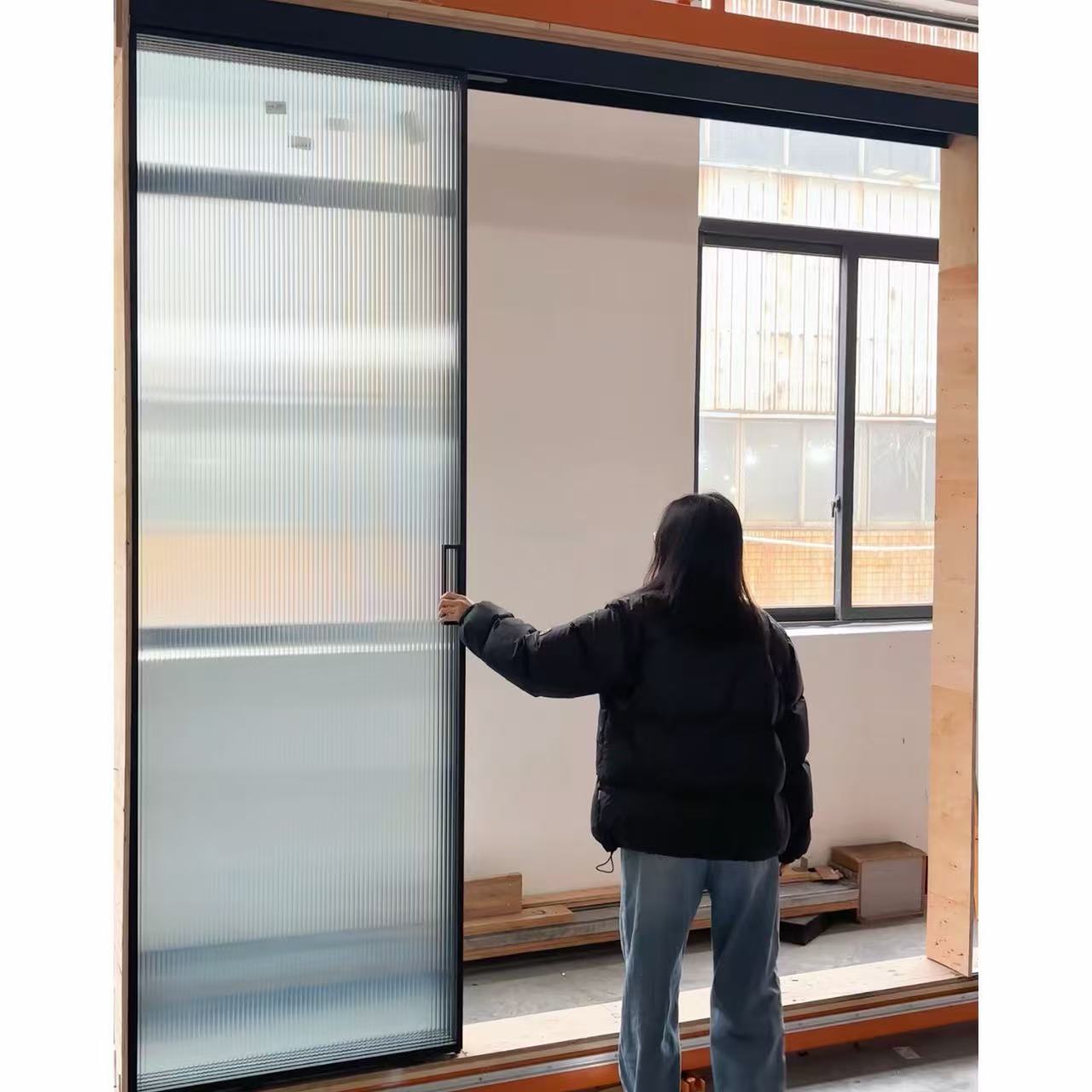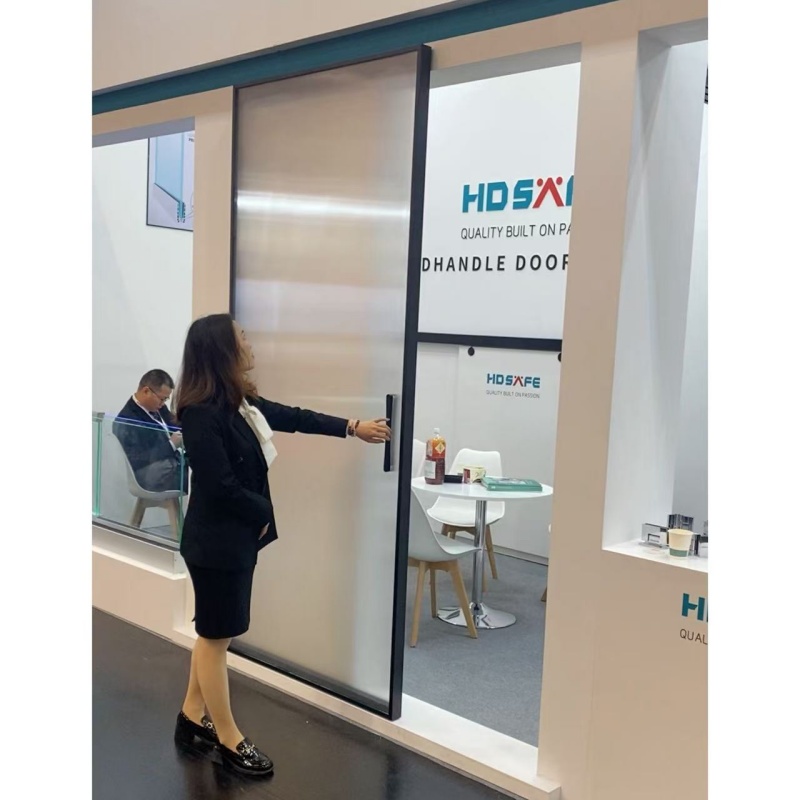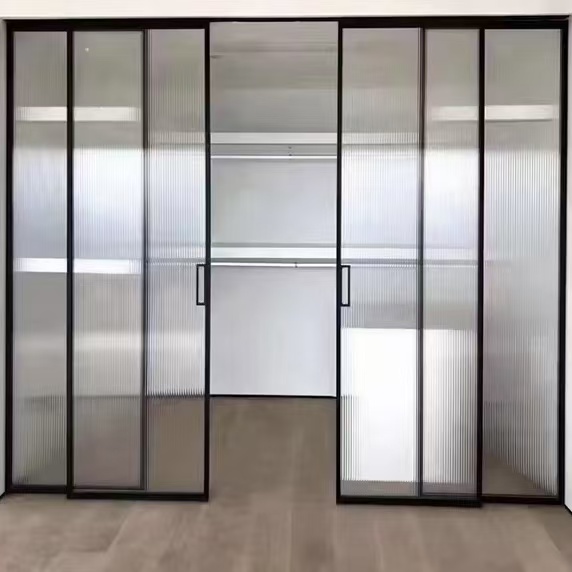Swing doors are a common type of door that is hinged on one side and swings either inward or outward to open and close. They are widely used in both residential and commercial buildings, offering a functional and convenient way to move between rooms or spaces. In this article, we will explore the various aspects of swing doors, including their design, benefits, and considerations for installation.

Design of Swing Doors:
Swing doors come in a variety of designs, materials, and sizes to suit different needs and preferences. They can be made of wood, metal, glass, or other materials, and may feature traditional panel designs, modern sleek surfaces, or decorative elements such as glass inserts or metal accents.
The hinge of a swing door is typically located on one side, allowing the door to pivot open and closed along a smooth arc. Some swing doors may have additional hinges or pivot points for stability and durability, especially for large or heavy doors. The hardware for swing doors, including handles, locks, and hinges, can also vary in design and finish to complement the overall aesthetic of the door.
Benefits of Swing Doors:
Swing doors offer several advantages that make them a popular choice for many applications. One of the main benefits of swing doors is their ease of use – they can be opened and closed with a simple push or pull, making them convenient for high-traffic areas or spaces where hands-free operation is desired.
Another benefit of swing doors is their efficient use of space. Unlike sliding doors that require clearance along a wall or track, swing doors only need space for the door to swing open and closed, making them ideal for areas with limited space or furniture arrangement constraints.
Additionally, swing doors provide a traditional and familiar aesthetic that can enhance the overall design of a room or building. They can be customized with different finishes, colors, and hardware to create a unique look that complements the style of the space.
Considerations for Installation:
When installing swing doors, several factors should be considered to ensure proper function and longevity. The size and weight of the door should be matched with the appropriate hinges and hardware to support smooth operation and prevent sagging or misalignment over time.
The swing of the door – whether it opens inward or outward – should also be carefully planned to avoid obstructions or conflicts with nearby walls, furniture, or other elements. Consideration should be given to the space needed for the door to open fully without obstruction, as well as safety concerns such as ensuring clear paths of egress in case of emergency.
Proper maintenance and care of swing doors are essential to ensure continued performance and durability. Regular lubrication of hinges, inspection of hardware for wear or damage, and prompt repair of any issues such as sticking or misalignment can help prolong the life of swing doors and maintain their smooth operation.
Swing doors are a versatile and functional option for both residential and commercial spaces, offering ease of use, efficient space utilization, and design flexibility. With careful consideration of design, benefits, and installation factors, swing doors can provide a practical and aesthetic solution for interior and exterior door applications.

Application Scenarios and Benefits of Swing Doors
Application Scenarios:
1. Supermarkets and Retail Stores: Swing doors are commonly used at the entrance and exit of supermarkets and retail stores. They allow for smooth customer traffic flow while providing a secure barrier against theft.
2. Commercial Buildings: Swing doors are ideal for entrances to office buildings, hotels, and shopping centers. They offer a professional and convenient entry point for employees and visitors.
3. Hospitals and Healthcare Facilities: Swing doors are frequently found in hospitals and healthcare facilities as they allow for easy access for patients, staff, and medical equipment. They also help maintain a hygienic environment as they can be operated hands-free with the use of sensors.
4. Educational Institutions: Swing doors are utilized in schools, colleges, and universities to manage the flow of students and staff in and out of buildings. They provide a secure and efficient entry and exit point for busy educational environments.
5. Residential Buildings: Swing doors are used in residential buildings such as apartment complexes and condominiums for main entrances and common areas. They offer convenience and security for residents.
Benefits:
1. Convenience: Swing doors are easy to operate and require minimal effort to open and close. They allow for smooth and quick entry and exit, making them ideal for high-traffic environments.
2. Space-Saving: Swing doors are space-efficient as they open and close within their own footprint. This is particularly beneficial in areas where space is limited and there is no room for doors that slide or fold.
3. Accessibility: Swing doors are accessible to people of all abilities, including those with mobility impairments or those using wheelchairs or mobility aids. They provide a wide opening for easy passage.
4. Security: Swing doors can be equipped with security features such as access control systems, sensors, and automatic locking mechanisms. This helps prevent unauthorized entry and enhances the overall security of the premises.
5. Aesthetics: Swing doors come in a variety of designs, materials, and finishes to complement the aesthetics of different environments. They can enhance the overall appearance of a space and create a welcoming entrance.
In conclusion, swing doors are versatile and practical solutions for a wide range of applications, offering numerous benefits such as convenience, space-saving, accessibility, security, and aesthetics. Their functionality and efficiency make them a popular choice for various settings where efficient access control and user-friendly operation are essential.





 Home
Home Jul 02,2024
Jul 02,2024 
 What's the difference between sliding door and patio door?
What's the difference between sliding door and patio door? 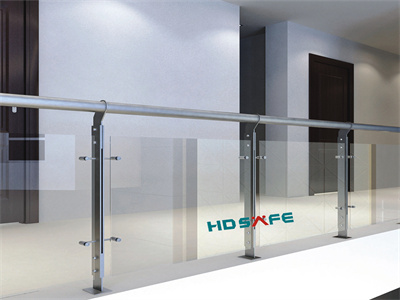
 Jun 11,2024
Jun 11,2024 

